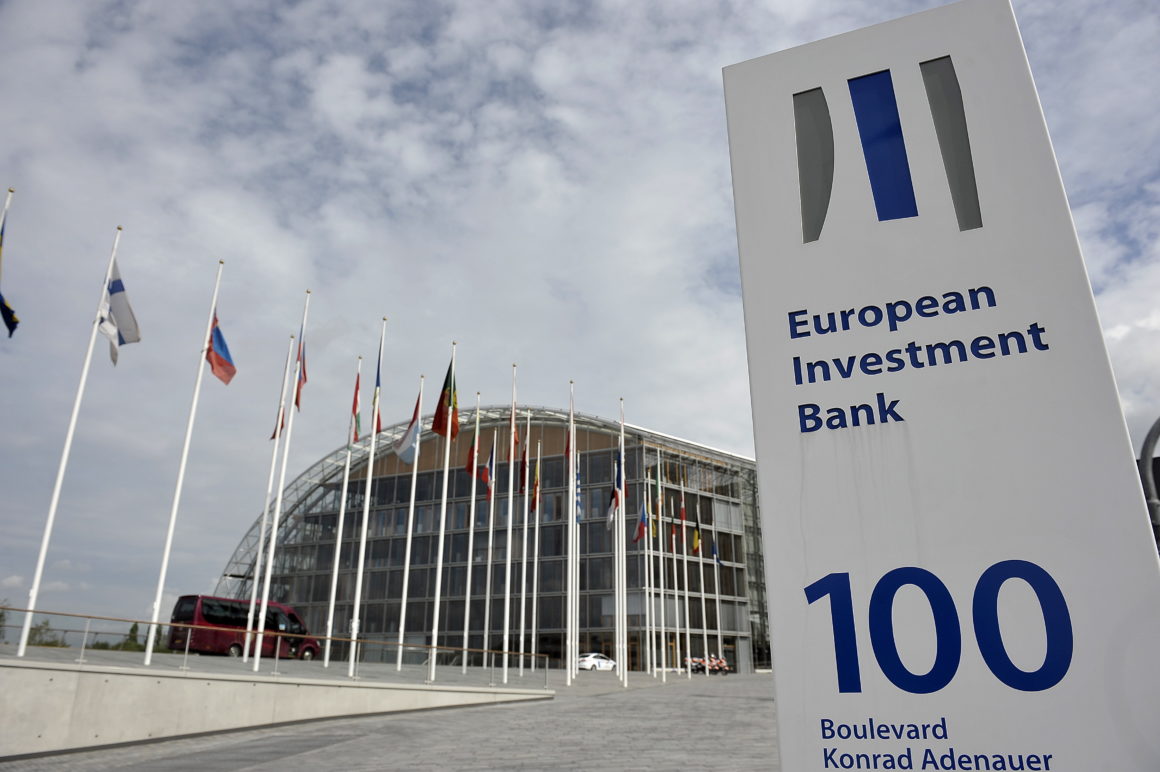The European Investment Bank (EIB) is the bank of the European Union. It was created to invest the EU public money according to the values of the Union, and at the same time as the biggest multilateral bank in the world, the EIB has a big role to play in the global fight against climate change.
While substantial progress has been made with the adoption of the new energy policy phasing out fossil fuels and the promise made in 2019 to align all its operations with the Paris Agreement, the EIB is not a Climate Bank yet.
In November 2020, the EIB approved its Climate Bank Roadmap 2021-2025. This Roadmap was supposed to be the key strategic document guiding its alignment with the objectives of the Paris Agreement.
Despite a strong citizens and civil society mobilisation, the new strategy falls short of ensuring the EIB will deliver on its climate commitments:
- The EIB funds may still come as blank cheques to polluters because clear requirements for EIB clients to adopt solid decarbonisation plans are absent from the Roadmap.
- The EIB is set to continue financing high-carbon projects like motorways, industrial agriculture and biomass projects, which are fueling the climate crisis and destroying ever more natural resources.
- Under a transition period, the EIB will actually wait until the end of 2022 to stop supporting climaticide projects.
While the EIB has failed to become a true leader in the fight against climate change, the Roadmap is still a halfway step, as it contains a few elements that can push other financial institutions to improve, such as its decision to stop financing airport expansions.
There is still work to be done, and it’s up to civil society and citizens to keep pushing for the EIB to truly become the “EU Climate Bank”. Having portrayed itself as a climate leader in the last years, it is now time for the EIB to substantiate its claims with ambitious and concrete actions.
How can the EIB become a climate leader?
1. The EIB should exclude high-carbon activities in the transport, energy and heavy industry sectors, starting with an explicit ban on any investments in capacity increase for motorways or airports.
2. Corporate-level requirements need to become the new normal for the EIB: the bank should stop any support for high-carbon companies and financial intermediaries that do not rapidly adopt and implement 1.5°C compliant strategies to align their business model with the Paris Agreement.
3. Put the “Just Transition” at the heart of EIB’s investments. Priority should be given to investments in energy efficiency, building renovation, decentralized renewable energy sources, circular economy and other forms of infrastructures that are connected to the needs of citizens and territories.
